







































































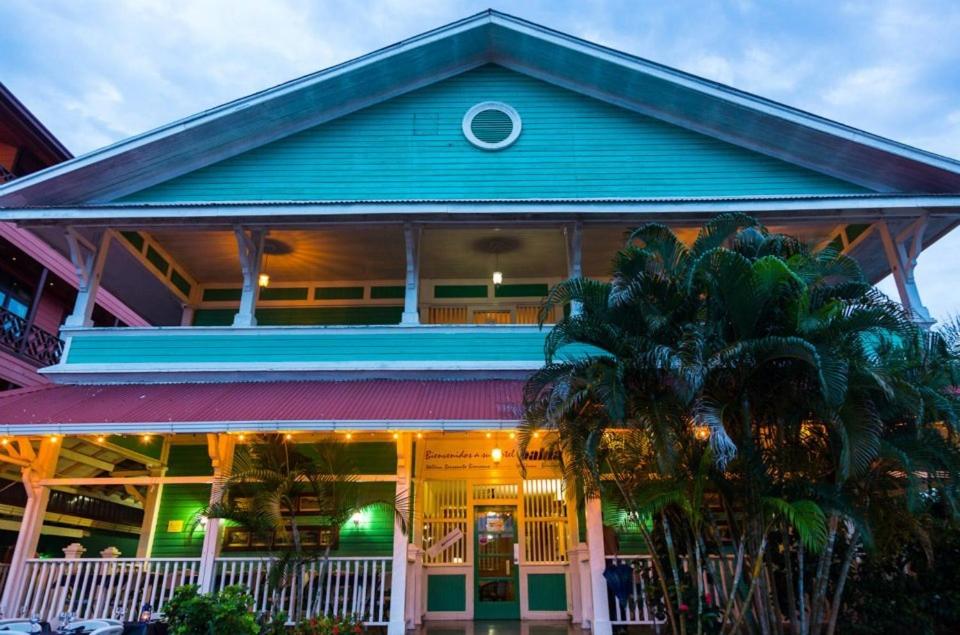
ASKING PRICE: 1,5 MILLION USD
Our Values
The main values that guide the actions of the group of people that make up the Gran Hotel Bahía are:
Our Objectives
History of the Hotel in Bocas del Toro
The Hotel is located at the southern end of Calle Tercera, in the city of Bocas del Toro, on the paradisiacal Isla Colón, in a majestic wooden building that has already celebrated its centenary and still stands firm despite the onslaught of time. and the destructive earthquakes of 1917 and 1991. Built in 1905, it is considered one of the oldest in the area.
This building, which was the seat of the main offices of the United Fruit Company in Bocas del Toro, three consulates and the Tropical Radio & Telegraph station, and which since 1968 housed the Hotel, has undergone a complete renovation that includes modernization of its rooms, but without losing its charm of yesteryear.
In its lobby, an old large safe will catch your eye, installed during the construction of the building, after the 1904 fire in Bocas del Toro that destroyed the original building survived. This box was used to safeguard the money to pay for the goods and services required by the company.
The Hotel has eighteen rooms, all with air conditioning, cable TV and a private bathroom with a hot shower. Its friendly and relaxing atmosphere allows our Distinguished Guests to feel at home.
That is why we invite you to relax on the large balcony on the upper floor, where the buffet-style breakfast is also served, and enjoy the magnificent view of the bay and the main street, delving into the unique local history and incomparable beauty of a biodiverse and legendary ecological environment.
Rooms: Hotel in Bocas del Toro
After the most recent renovations, this Hotel has two new DELUXE PLUS rooms on the upper floor, equipped with a king bed, double sofa bed, mini-refrigerator and flat-screen television.
We have also remodelled a room on the ground floor to meet the needs of people with reduced mobility and it has two double beds and all the facilities required for your comfort.
The rooms are distributed as follows:
Upstairs:
All of our guests are invited to relax on the large upstairs balcony and enjoy the magnificent view of the bay and the main street.
Bocas del Toro Distinguished Guest Program
In our eagerness to always provide you with a special service, we have designed the DISTINGUISHED GUEST PROGRAM for you with the following courtesy services:
Safety Boxes
For your peace of mind, all our rooms have security boxes, so we invite you to make use of them to save your values since we are not responsible for your loss.
Bottled water
Although the water in Bocas is drinkable, we have at your disposal a bottled water fountain on each floor and a jug and glasses in your rooms. These jets provide you with hot or cold water.
Cable Television Service
For your entertainment, all of our rooms have televisions with cable service, provided by the local operator.
Wireless Internet Service
If you bring your laptop, we offer High-Speed Wireless Internet service in all rooms and public areas of the hotel.
How to get to Bocas del Toro from Panama
From Panama City, you can travel to the city of Bocas del Toro on Isla Colón in two ways:
By air: Air Panama offers two daily flights from Marcos A. Gelabert Airport in Albrook, Panama City.
By land: You can do it in your car or by bus to the city of Almirante. From there, you must take a sea taxi to cross to Isla Colón. In case you choose to travel in your own car, you have the alternative of transferring it using the ferry that serves the Almirante / Isla Colón route, which is served in two round trips from Tuesday to Sunday at 7am and 12pm.
If you choose to travel by bus, these depart twice a day from the Albrook Grand Transport Terminal.
Description By The Owner
Imagine owning a historical treasure in a tropical paradise, named as the Number One place to visit in the world by Travel Leisure magazine a few years ago. This notable property boasts a superb location in the main town of Panama’s Bocas del Toro archipelago of the Caribbean islands.
The building has a hundred and fifteen year past intimately connected to the history of Bocas Town and its position as the headquarters for Chiquita Banana. Currently operated at a 3-star category, this boutique hotel has the potential, given some renovation, to attract the luxury, 4 to 5-star market.
It could also be refitted to attract the youth market that frequents Bocas.
There is a commercial kitchen and various superb spaces for dining al fresco or on the balconies. The building features tropical hardwoods and lots of superb details. There is also an owner's or manager's apartment. Please contact me for a complete presentation on the development potential of this amazing hotel I have 25 years of experience in the boutique hotel sector, and I love this property
Guest Facilities On-Site
Attractions For Guests In The Local Area
History of Bocas Del Toro
In the extreme northwestern corner of Panama is a cluster of islands that were originally inhabited by the Guaymí Indians and that today have intermingled with Afro-Caribbeans and Hispanics. The language is also an interesting mix known as Guari-Guari, which is nothing more than a combination of English, Spanish, and indigenous dialects.
The islands discovered by Christopher Columbus in 1502 were developed as supply and repair points for the shipping industry. This explains some names like Bastimentos and Carenero, which mean supply and careening, respectively.
Isla Colón, the largest and most important of the group, is home to the city of Bocas del Toro at the time. Founded in 1826, it became the third most important city in the country until the second decade of the 20th century. United Fruit Company, the largest banana producer, known today as Chiquita Brands, was founded here as a result of competition in the exploitation of the banana industry.
Five consulates, three newspapers, a bottling plant and the country's first lottery are indicators of the prosperity enjoyed by the inhabitants of the islands. Along with bananas, coconuts, turtle shells, sarsaparilla and cocoa beans were produced and exported.
Efforts are currently being made to preserve the charm of its wide streets and wooden houses, vivid reminders of the islands' English architectural influence.
In 1988 the first marine sanctuary in Panama was created, the “Isla Bastimentos National Marine Park”, whose purpose is to preserve its natural environment. Of some 13,000 hectares, it includes beautiful underwater landscapes where you can enjoy diving among magnificent coral reefs and seagrasses. North of Isla Colón is Cayo Cisne, a beautiful bird sanctuary where you can observe a wide variety of local and migratory seabirds.
While on vacation, be sure to enjoy exciting ecotourism adventures, beautiful beaches, and the mysterious deep sea. Because here, in these tropical and virgin islands, with golden sand and clear water, in this, the best kept secret in Panama, you will enjoy memorable moments. Get away from the noisy city and come enjoy our Caribbean culture, cuisine and architecture.
Panama
Panama, officially the Republic of Panama (Spanish: República de Panamá), is a transcontinental country in Central America and South America, bordered by Costa Rica to the west, Colombia to the southeast, the Caribbean Sea to the north, and the Pacific Ocean to the south. The capital and largest city is Panama City, whose metropolitan area is home to nearly half the country's 4 million people.
Panama was inhabited by indigenous tribes before Spanish colonists arrived in the 16th century. It broke away from Spain in 1821 and joined the Republic of Gran Colombia, a union of Nueva Granada, Ecuador, and Venezuela. After Gran Colombia dissolved in 1831, Panama and Nueva Granada eventually became the Republic of Colombia. With the backing of the United States, Panama seceded from Colombia in 1903, allowing the construction of the Panama Canal to be completed by the US Army Corps of Engineers between 1904 and 1914. The 1977 Torrijos–Carter Treaties agreed to transfer the canal from the United States to Panama on December 31, 1999. The surrounding territory was first returned in 1979.
Revenue from canal tolls continues to represent a significant portion of Panama's GDP, although commerce, banking, and tourism are major and growing sectors. It is regarded as having a high-income economy. In 2019 Panama ranked 57th in the world in terms of the Human Development Index. In 2018, Panama was ranked the seventh-most competitive economy in Latin America, according to the World Economic Forum's Global Competitiveness Index. Covering around 40 percent of its land area, Panama's jungles are home to an abundance of tropical plants and animals – some of them found nowhere else on earth. Panama is a founding member of the United Nations and other international organizations such as OAS, LAIA, G77, WHO, and NAM.
Etymology
The definite origin of the name Panama is unknown. There are several theories. One states that the country was named after a commonly found species of tree (Sterculia apetala, the Panama tree). Another states that the first settlers arrived in Panama in August when butterflies are abundant and that the name means "many butterflies" in one or several of the indigenous Amerindian languages that were spoken in the territory prior to Spanish colonization. The most scientifically corroborated theory by Panamanian linguists, states that the word is a castilianization of the Kuna language word "bannaba" which means "distant" or "far away".
A commonly relayed legend in Panama is that there was a fishing village that bore the name "Panamá", which purportedly meant "an abundance of fish", when the Spanish colonizers first landed in the area. The exact location of the village is unknown. The legend is usually corroborated by Captain Antonio Tello de Guzmán's diary entries, who reports landing at an unnamed village while exploring the Pacific coast of Panama in 1515; he only describes the village as a "same small indigenous fishing town". In 1517, Don Gaspar de Espinosa, a Spanish lieutenant, decided to settle a post in the same location Guzmán described. In 1519, Pedrarias Dávila decided to establish the Spanish Empire's Pacific port at the site. The new settlement replaced Santa María la Antigua del Darién, which had lost its function within the Crown's global plan after the Spanish exploitation of the riches in the Pacific began.
The official definition and origin of the name as promoted by Panama's Ministry of Education is the "abundance of fish, trees and butterflies". This is the usual description given in social studies textbooks.
Pre-Columbian period
The Isthmus of Panama was formed about three million years ago when the land bridge between North and South America finally became complete, and plants and animals gradually crossed it in both directions. The existence of the isthmus affected the dispersal of people, agriculture and technology throughout the American continent from the appearance of the first hunters and collectors to the era of villages and cities.
The earliest discovered artifacts of indigenous peoples in Panama include Paleo-Indian projectile points. Later central Panama was home to some of the first pottery-making in the Americas, for example the cultures at Monagrillo, which date back to 2500–1700 BC. These evolved into significant populations best known through their spectacular burials (dating to c. 500–900 AD) at the Monagrillo archaeological site, and their beautiful Gran Coclé style polychrome pottery. The monumental monolithic sculptures at the Barriles (Chiriqui) site are also important traces of these ancient isthmian cultures.
Before Europeans arrived Panama was widely settled by Chibchan, Chocoan, and Cueva peoples. The largest group was the Cueva (whose specific language affiliation is poorly documented). The size of the indigenous population of the isthmus at the time of European colonization is uncertain. Estimates range as high as two million people, but more recent studies place that number closer to 200,000. Archaeological finds and testimonials by early European explorers describe diverse native isthmian groups exhibiting cultural variety and suggesting people developed[clarification needed] by regular regional routes of commerce.
When Panama was colonized, the indigenous peoples fled into the forest and nearby islands. Scholars believe that infectious disease was the primary cause of the population decline of American natives. The indigenous peoples had no acquired immunity to diseases such as smallpox which had been chronic in Eurasian populations for centuries.
Conquest to 1799
Rodrigo de Bastidas sailed westward from Venezuela in 1501 in search of gold, and became the first European to explore the isthmus of Panama. A year later, Christopher Columbus visited the isthmus, and established a short-lived settlement in the Darien. Vasco Núñez de Balboa's tortuous trek from the Atlantic to the Pacific in 1513 demonstrated that the isthmus was indeed the path between the seas, and Panama quickly became the crossroads and marketplace of Spain's empire in the New World. King Ferdinand II assigned Pedro Arias Dávila as Royal Governor. He arrived in June 1514 with a 19 vessels and 1,500 men. In 1519, Dávila founded Panama City.[23] Gold and silver were brought by ship from South America, hauled across the isthmus, and loaded aboard ships for Spain. The route became known as the Camino Real, or Royal Road, although it was more commonly known as Camino de Cruces (Road of Crosses) because of the number of gravesites along the way.
Panama was under Spanish rule for almost 300 years (1538–1821), and became part of the Viceroyalty of Peru, along with all other Spanish possessions in South America. From the outset, Panamanian identity was based on a sense of "geographic destiny", and Panamanian fortunes fluctuated with the geopolitical importance of the isthmus. The colonial experience spawned Panamanian nationalism and a racially complex and highly stratified society, the source of internal conflicts that ran counter to the unifying force of nationalism.[24][page needed]
In 1538 the Real Audiencia of Panama was established, initially with jurisdiction from Nicaragua to Cape Horn, until the conquest of Peru. A Real Audiencia was a judicial district that functioned as an appeals court. Each audiencia had an oidor (Spanish: hearer, a judge).
Spanish authorities had little control over much of the territory of Panama. Large sections managed to resist conquest and missionization until very late in the colonial era. Because of this, indigenous people of the area were often referred to as "indios de guerra" (war Indians) who resisted Spanish attempts to conquer them or missionize them. However, Panama was enormously important to Spain strategically because it was the easiest way to transship silver mined in Peru to Europe. Silver cargoes were landed at Panama and then taken overland to Portobello or Nombre de Dios on the Caribbean side of the isthmus for further shipment. Asides from the European route, there was also an Asian-American route, which led to traders and adventurers carrying silver from Peru going through Panama to reach Acapulco, Mexico before sailing to Manila, Philippines using the famed Manila Galleons.[25]
Because of incomplete Spanish control, the Panama route was vulnerable to attack from pirates (mostly Dutch and English), and from "new world" Africans called cimarrons who had freed themselves from enslavement and lived in communes or palenques around the Camino Real in Panama's Interior, and on some of the islands off Panama's Pacific coast. One such famous community amounted to a small kingdom under Bayano, which emerged in the 1552 to 1558. Sir Francis Drake's famous raids on Panama in 1572–73 and John Oxenham's crossing to the Pacific Ocean were aided by Panama cimarrons, and Spanish authorities were only able to bring them under control by making an alliance with them that guaranteed their freedom in exchange for military support in 1582.
The prosperity enjoyed during the first two centuries (1540–1740) while contributing to colonial growth; the placing of extensive regional judicial authority (Real Audiencia) as part of its jurisdiction; and the pivotal role it played at the height of the Spanish Empire – the first modern global empire – helped define a distinctive sense of autonomy and of regional or national identity within Panama well before the rest of the colonies.
The end of the encomienda system in Azuero, however, sparked the conquest of Veraguas in that same year. Under the leadership of Francisco Vázquez, the region of Veraguas passed into Castilian rule in 1558. In the newly conquered region, the old system of encomienda was imposed. On the other hand, the Panamanian movement for independence can be indirectly attributed to the abolition of the encomienda system in the Azuero Peninsula, set forth by the Spanish Crown, in 1558 because of repeated protests by locals against the mistreatment of the native population. In its stead, a system of medium and smaller-sized landownership was promoted, thus taking away the power from the large landowners and into the hands of medium and small-sized proprietors.
Panama was the site of the ill-fated Darien scheme, which set up a Scottish colony in the region in 1698. This failed for a number of reasons, and the ensuing debt contributed to the union of England and Scotland in 1707.
In 1671, the privateer Henry Morgan, licensed by the English government, sacked and burned the city of Panama – the second most important city in the Spanish New World at the time. In 1717 the viceroyalty of New Granada (northern South America) was created in response to other Europeans trying to take Spanish territory in the Caribbean region. The Isthmus of Panama was placed under its jurisdiction. However, the remoteness of New Granada's capital, Santa Fe de Bogotá (the modern capital of Colombia) proved a greater obstacle than the Spanish crown anticipated as the authority of New Granada was contested by the seniority, closer proximity, and previous ties to the viceroyalty of Lima and even by Panama's own initiative. This uneasy relationship between Panama and Bogotá would persist for centuries.
In 1744, Bishop Francisco Javier de Luna Victoria DeCastro established the College of San Ignacio de Loyola and on June 3, 1749, founded La Real y Pontificia Universidad de San Javier. By this time, however, Panama's importance and influence had become insignificant as Spain's power dwindled in Europe and advances in navigation technique increasingly permitted ships to round Cape Horn in order to reach the Pacific. While the Panama route was short it was also labor-intensive and expensive because of the loading and unloading and laden-down trek required to get from the one coast to the other.
Cliff Jacobs (Nat Dpl Hotel Man (UJ). MPRE. GA Level 5 TEFL) Managing Principal / CEO Exquisite Hotel Consultants (Pty) Ltd Mobile: +27 (0) 67 587 2532 (voice calls) Mobile: +27 (0) 84 413 1071 (WhatsApp voice calls and chats only) / +27 (0) 61 716 6951 (WhatsApp voice calls and chats only) Email: cliff@exquisitehotelconsultants.com Web: https://www.exquisitehotelconsultants.com © All rights reserved Terms and Conditions apply Scroll down to view our Hospitality Properties and Businesses for sale or lease or lease-to-buy or partnership arrangement or management agreement arrangement.



 Name: BondExcel
Name: BondExcel Mortgage Origination
We interface with all of the major banks in South Africa to ensure that you get the right home loan solution at the best possible rate.
Looking forward to assist you with your home loan application!
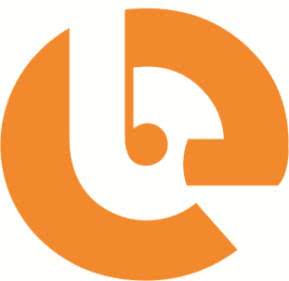 Name: Businessentials For Hospitality
Name: Businessentials For Hospitality Hospitality Consulting, Accounting, Bookkeeping and Payroll Services
 Name: Capital Efficiency Group
Name: Capital Efficiency Group Corporate Finance, Tax & Accounting and Treasury Services.
Attorneys, Notaries and Conveyancers
 Name: D E I R D R E R E N N I E R S Interior Design
Name: D E I R D R E R E N N I E R S Interior Design Interior Design
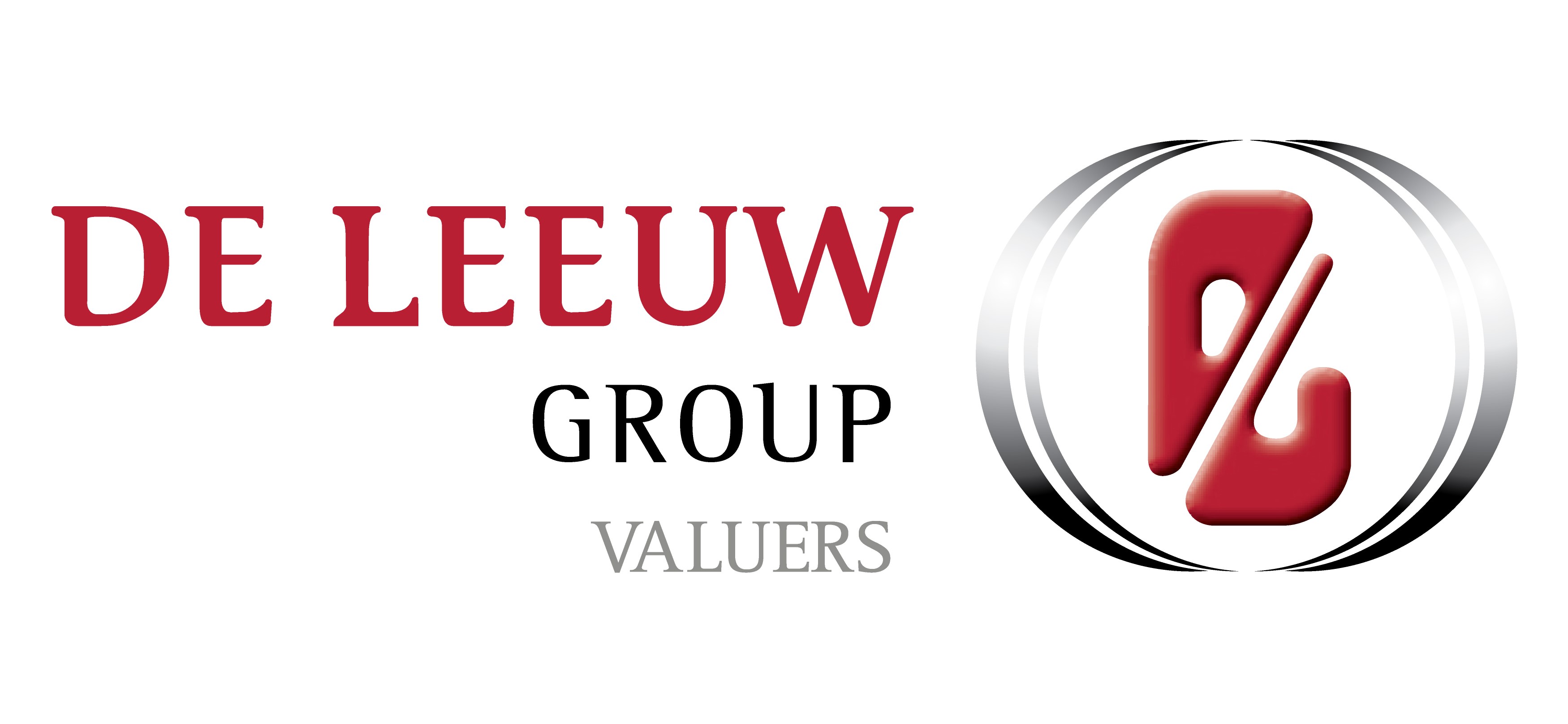 Name: De Leeuw Valuers Cape Town
Name: De Leeuw Valuers Cape Town Property Valuation Services
 Name: E C Mobility
Name: E C Mobility International property, law and immigration
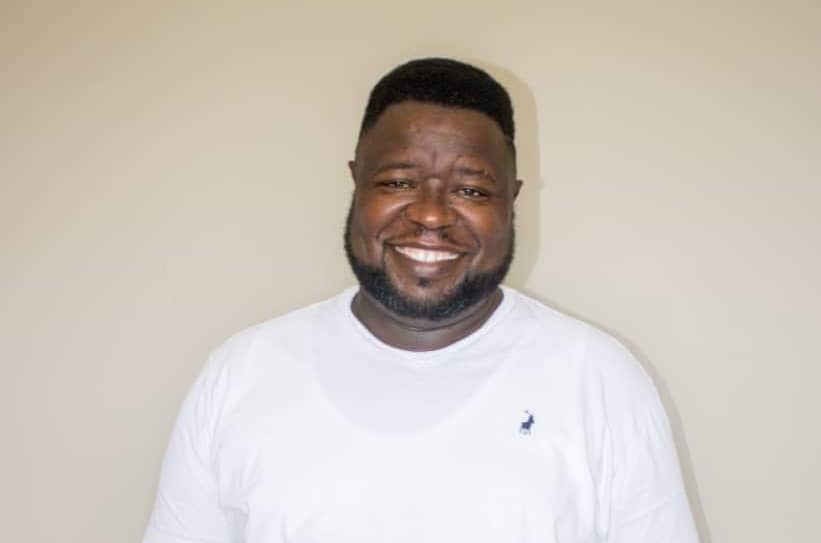 Name: Edward Tokolo Kasete
Name: Edward Tokolo Kasete Real Estate Specialist - Our Associate in Namibia
We offer an international platform of specialist hospitality property and/or business brokering services by listing and marketing for sale or lease or by investment partner arrangement or management agreement arrangement of a variety of hospitality products (i.e. hotels, resorts, boutique hotels, guest houses, guest lodges, B&Bs, game resorts, wine farms, yachts, cruise liners, etc) through our association with EC Mobility (in Portugal and Spain), BON Hotels (Africa), Giovanni Conti (Italy, North and East Africa, Sri Lanka), Nuno Boquinhas (Portugal, Azores, Madeira, Mozambique), Property 24, Seeff Property Services, Harcourts, Realnet, RE/MAX, Dogon Property Group, Rawson Estates, among many other prominent commercial estate agencies throughout Southern Africa - and now we are entering other African Countries on the East and West Coasts of Africa and moving further abroad! To date, Exquisite Hotel Consultants has a presence in over 80 countries - and counting...
Working with the above-mentioned agencies and others provides the largest possible reach nationally and internationally for all prospective buyers and sellers wishing to enter or exit the Hospitality Industry.
Sister websites have been opened in the following countries: United Kingdom: see www.exquisitehotelconsultants.co.uk, and in Germany: see www.exquisitehotelconsultants.de, and in the United States of America: see www.exquisitehotelconsultants.us.
Please note that several of our hospitality properties and/or businesses for sale or lease or through business partnership arrangements or management contracts are officially "Off-Market" - mainly for privacy reasons. Therefore, they are not listed as part of our hospitality properties/businesses for sale or lease stock. Please contact me for further details.
Should you be considering to sell or buy or lease or obtain a partnership arrangement or management agreement arrangement for your hotel, boutique hotel, resort, guest house, B&B, game lodge, game resort, guest farm, yacht or cruise liner etc, I would be most pleased to provide you with further details of our way of working to effectively market and sell your property(ies) and/or business(es).
 Name: Electrolux Professional
Name: Electrolux Professional Food Service, Beverage and Laundry Solutions
Electrolux Professional is a leading global provider of foodservice, beverage and laundry solutions, serving a wide range of customers globally, from restaurants and hotels to healthcare, educational and other service facilities.
 Name: Exquisite Hotel Consultants' Hospitality Training Department
Name: Exquisite Hotel Consultants' Hospitality Training Department Learn to speak Hotel English (one-to-one online course)
Our TEFL trained tutors teach the following functions
The course consists of 21 lessons (4 to 5 one-hour lessons per month).
 Name: FVE Interiors
Name: FVE Interiors Interior Design
 Name: Healing Earth
Name: Healing Earth Hotel Amenities - inspired by Africa
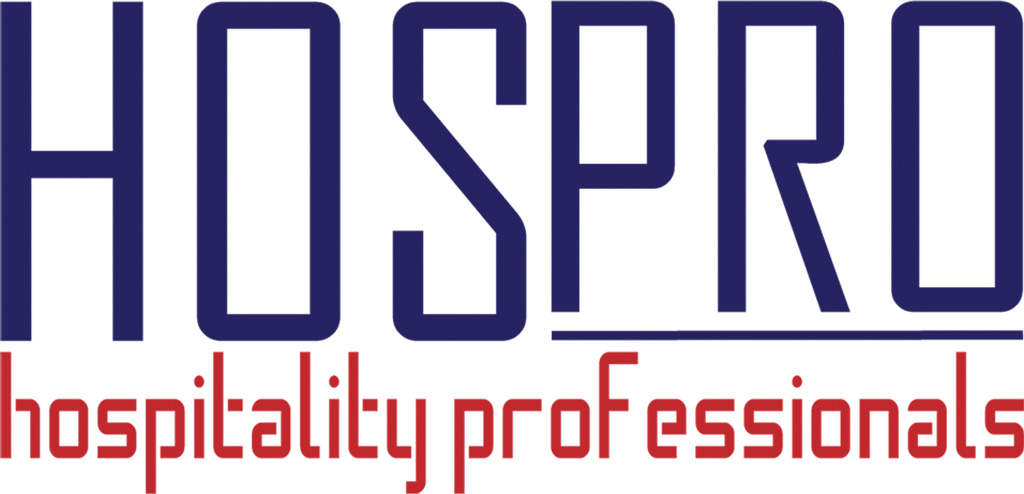 Name: Hospro
Name: Hospro Hospitality Consultancy and Procurement
 Name: Hotel Revenue Management
Name: Hotel Revenue Management Revenue (yield) Management
Online room inventory Distribution & Rates optimisation
Implementation of Best Available Rate (BAR), in conjunction with point 1 & 2
 Name: Indigo Real Estate Agency
Name: Indigo Real Estate Agency Real Estate Agency - Our Associate in Mozambique
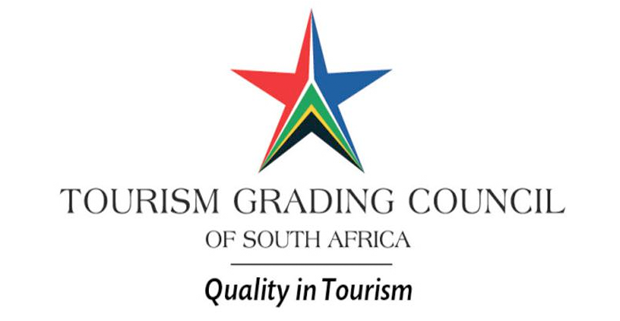 Name: Lisa Dunn - Tourism Grading Assessor
Name: Lisa Dunn - Tourism Grading Assessor Tourism Grading Assessment
 Name: Ooba (Pty) Ltd
Name: Ooba (Pty) Ltd Mortgage Origination
ooba offers you:
 Name: SK Sambu Tours & Transfers
Name: SK Sambu Tours & Transfers Johannesburg based Tours & Transfers Operator
We look forward to being of service to you.
Kind regards
King Sambu
 Name: Soul Private Collection
Name: Soul Private Collection Hotel Management and Marketing
 Name: The Dumb Butler Hospitality Suppliers
Name: The Dumb Butler Hospitality Suppliers Hotel Linen Suppliers
LUX Award Winners 2021 for The Best Hospitality Suppliers. We are a proudly South African brand established in 2006.
We Supply:
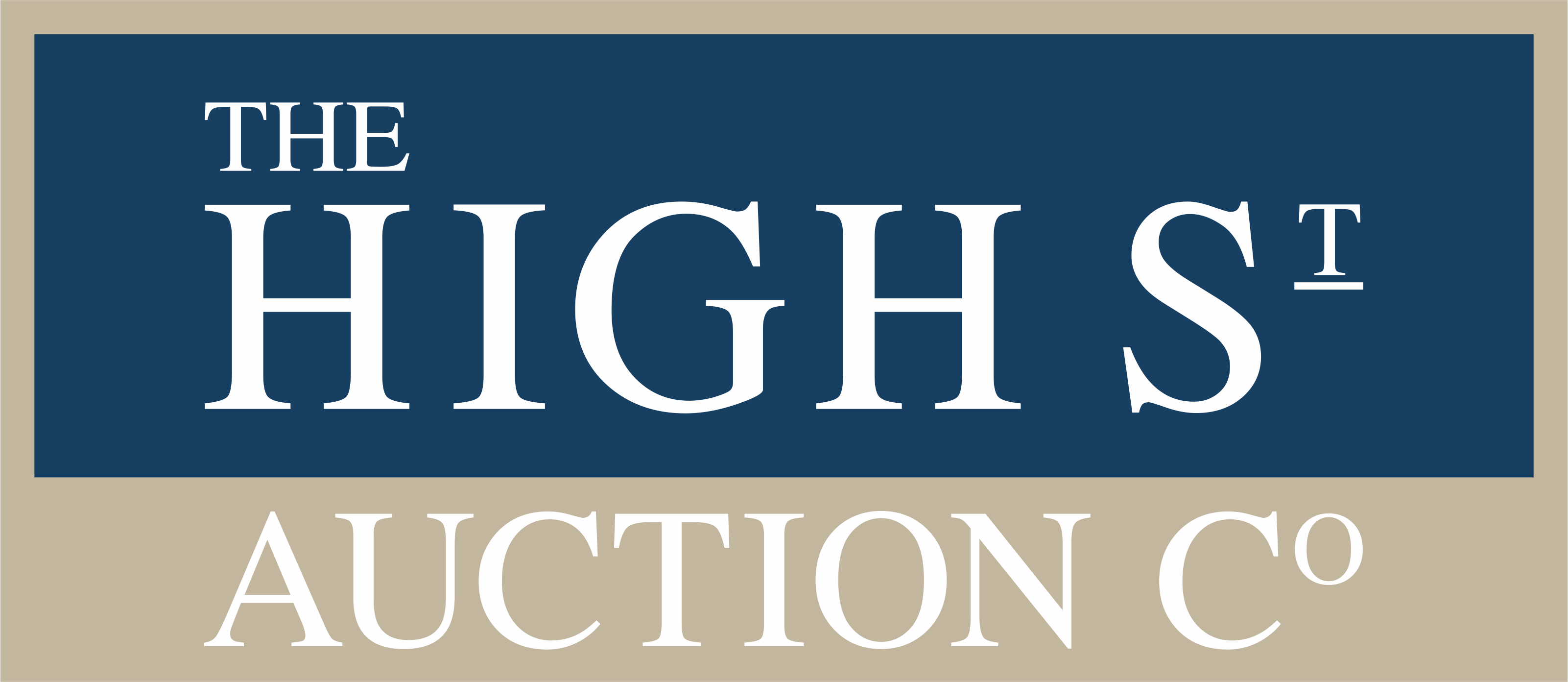 Name: The High Street Auction Company
Name: The High Street Auction Company
Property Auctioneers
Appreciating Property Value
 Name: Touch Point Retail
Name: Touch Point Retail Smart Interior Design
Cliff Jacobs (Nat Dpl Hotel Man (UJ). MPRE. GA Level 5 TEFL) Managing Principal / CEO Exquisite Hotel Consultants (Pty) Ltd Mobile: +27 (0) 67 587 2532 (voice calls) Mobile: +27 (0) 84 413 1071 (WhatsApp voice calls and chats only) / +27 (0) 61 716 6951 (WhatsApp voice calls and chats only) Email: cliff@exquisitehotelconsultants.com Web: https://www.exquisitehotelconsultants.com © All rights reserved Terms and Conditions apply Scroll down to view our Hospitality Properties and Businesses for sale or lease or lease-to-buy or partnership arrangement or management agreement arrangement.